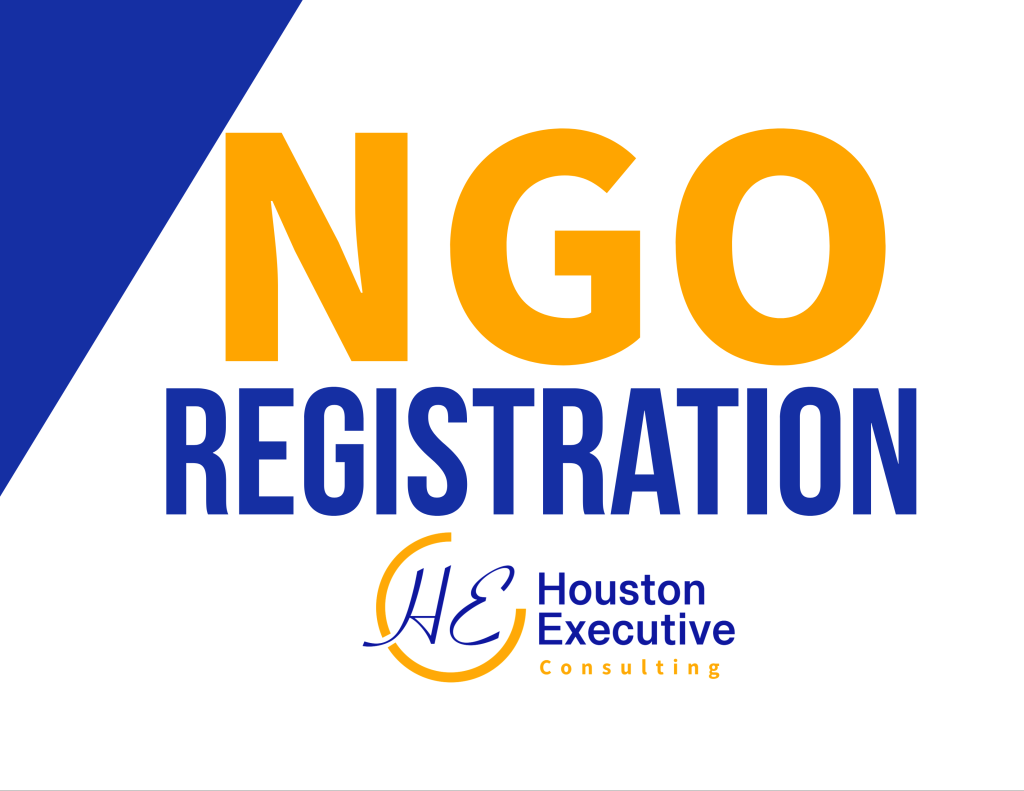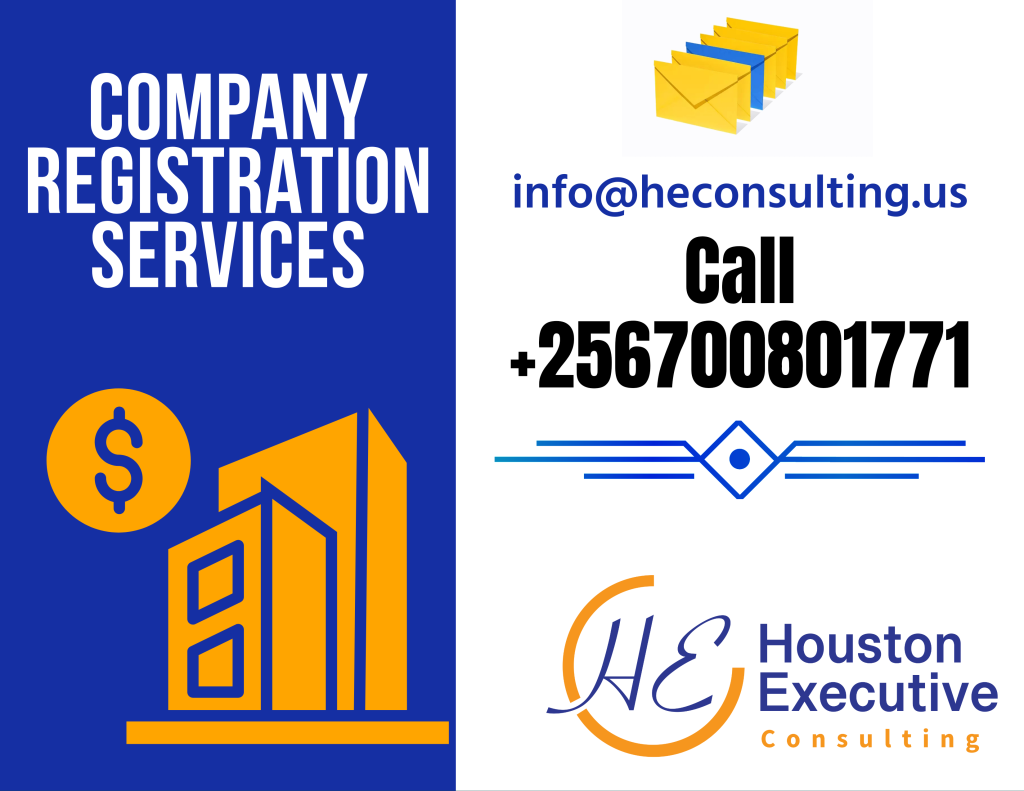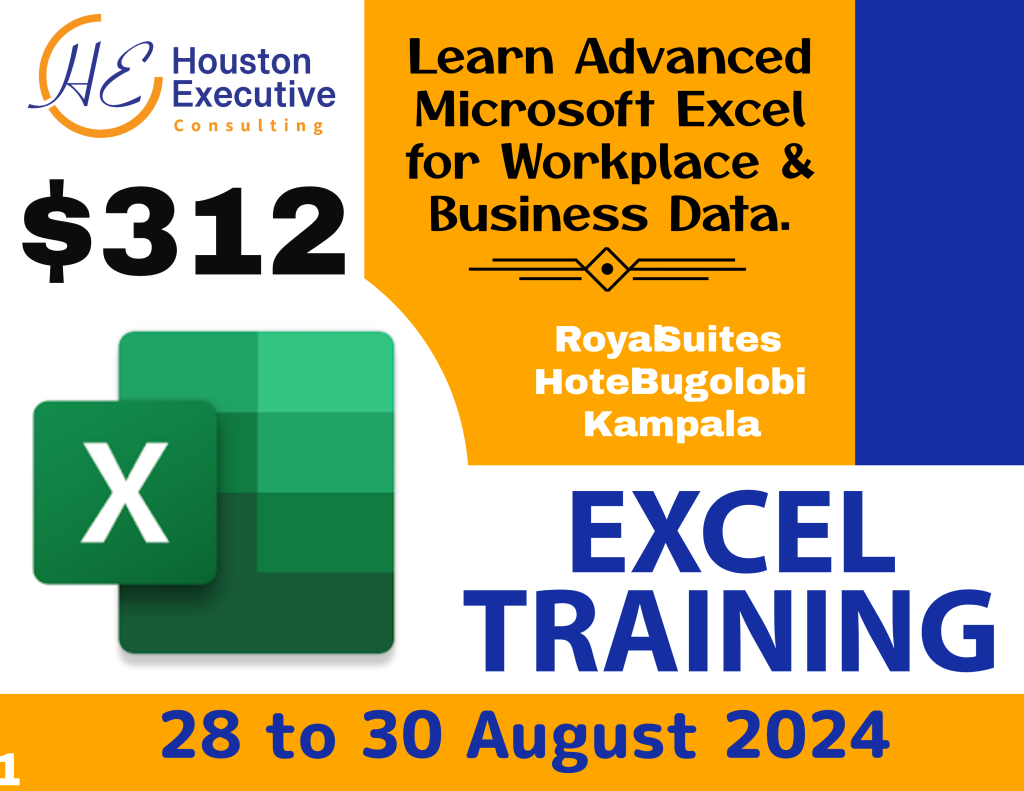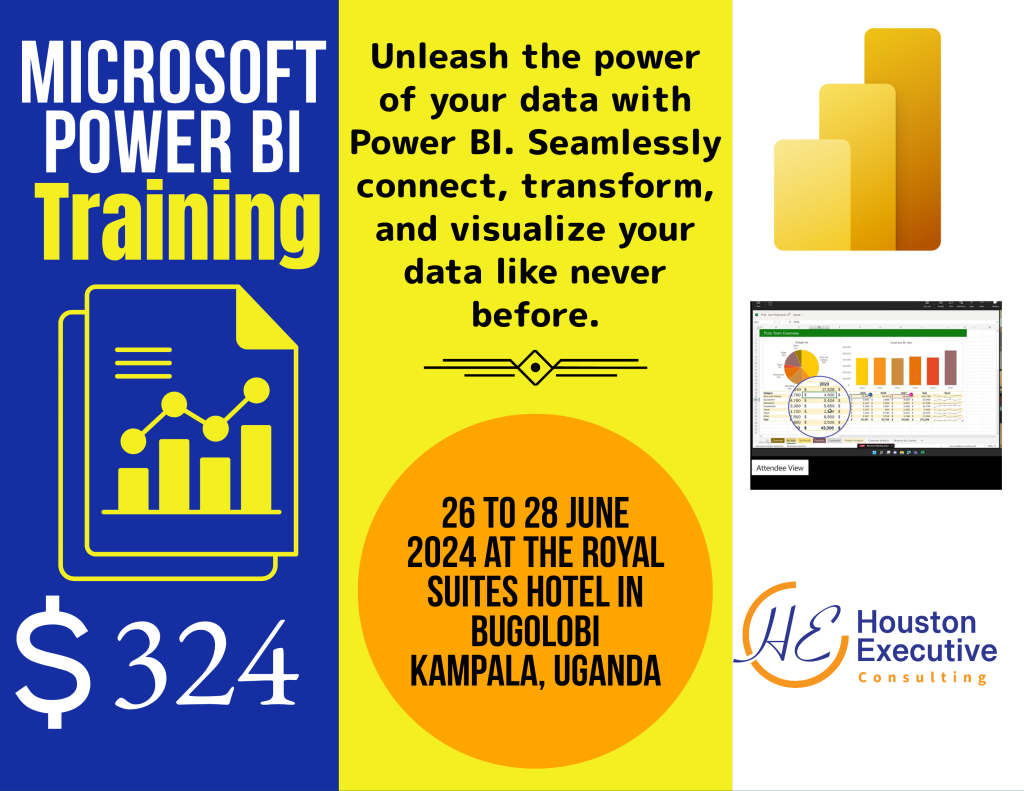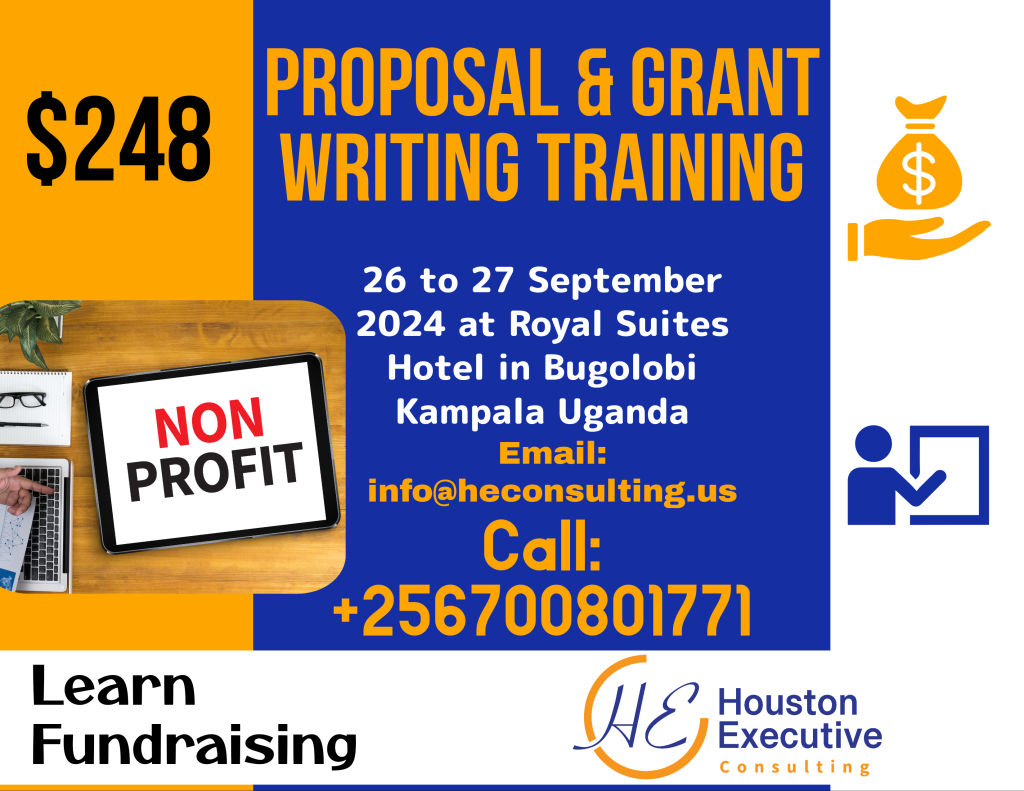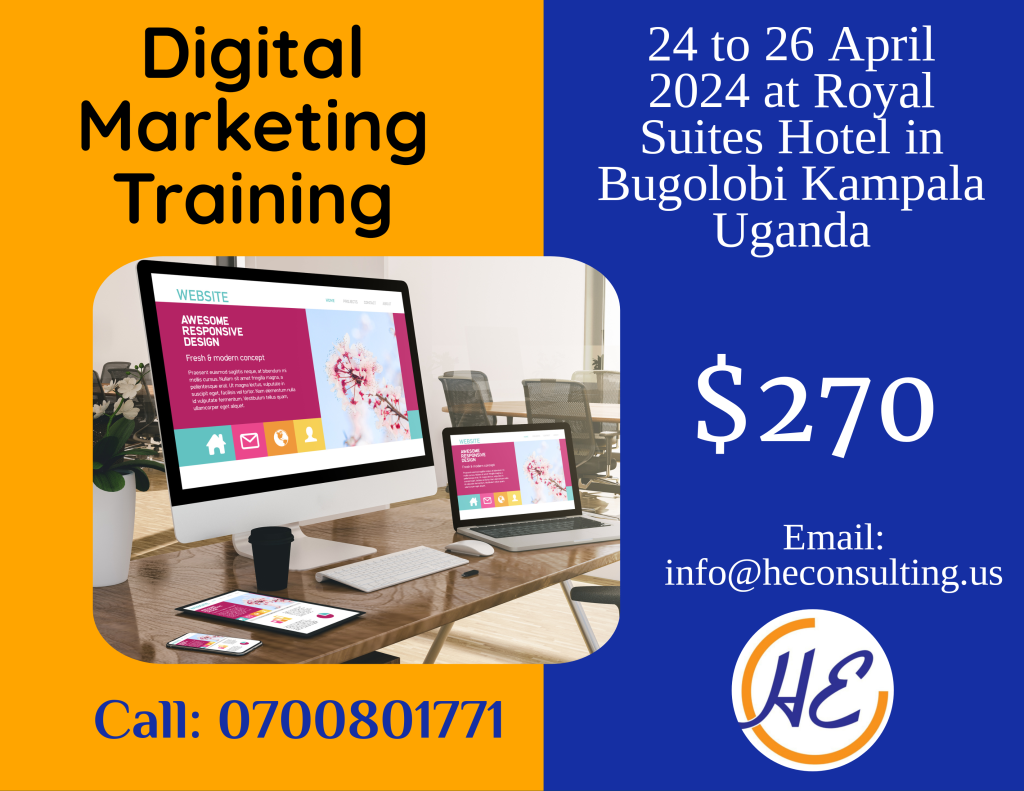How to Write a Business Plan in 10 Easy Steps – A Comprehensive Guide
A business plan describes your business and your strategy for making it a success. You may need a business plan consultant to help you get your business. Many investors, sponsors, and donors will require a business plan to fund your idea.
A good business plan can be a roadmap for your business’s future. It can help you to secure capital and grow faster. Professionals familiar with the matter and studies indicate that entrepreneurs who write a business plan are 260% more likely to start a business.
Even investors, partners, and other stakeholders will likely be enthusiastic about supporting the idea when there is an elaborate business plan.
In a world of uncertainty, a business plan helps you anticipate problems and prepare preventive measures against them.
What to put in a business plan depends on a particular idea. However, there are some common elements that you must not miss, irrespective of the audience and goal, like an executive summary. Most financial institutions require detailed cash flow projections in a business plan that you present when seeking a bank loan.
As you write a business plan, you must be mindful of your target audience. The audience may include any of the five categories listed below:
Venture capitalists mostly care about how they will get their money back or their exit strategy.
Potential Partners: This category wants to know who they will work with and how. The business plan must include operations plans and management summaries.
Financial Institutions: Debt funders tend to care about cashflows since this is one way your business will repay the principal. You must include detailed cash flow statements.
Senior Management: This primarily applies to existing businesses where you may want to introduce a new product. You will need a good business plan to convince management to accept.
The Entrepreneur: As the business idea owner, you must keep looking at well-written milestones and action plans to stay on track. Be sure to save it closer as a living document.
Irrespective of the audience, every business plan must have the following core elements.
- Mention The key people who will run the organization.
- State The business opportunity and why it is unique.
- Describe The context, forces, and trends that will affect your idea.
- The risk and reward (success or failure)
The following are the 10 Steps to Write a Business Plan
Write an Executive Summary

Write an Executive Summary
It is highly likely that even after putting in days of hard work, your investors and stakeholders might need to go through your business plan thoroughly. However, it is in your best interest to make sure everything is accurate.
The executive summary is the first item in the table of contents of your business plan. It is a one-page summary that gives the basics of your project, compelling enough to inspire anyone to keep reading. A well-written executive summary can win you a meeting with a potential investor.
To make your executive summary as compelling as possible, use formal business language and give an overview of each business plan section, from competitors to financial intent. The text should be attractive to read and easy to understand.
You can use subheadings when introducing a new topic, attractive graphics to illustrate complex ideas, and bullet points for lists and essential concepts.
You will complete your business plan once your executive summary is ready. Remember, it should be a living document you can revisit and improve.
The order of these elements may vary, but most business plans start with an executive summary. It is a formal one-page summary of your project that highlights all aspects of the business, from the mission statement to financial analysis.
Write a Company or Business Description

Write a Company or Business Description
This overview of your company and its future serves as an inspiring summary. If written well, it should describe your business model, explain what makes it unique, and detail your growth plans. To create a comprehensive document, you must work on the company description containing detailed information.
This part should include your business’s registered name or the proposed business name, address, and any key employees involved in the industry. Additionally, you need to specify the structure of your business, such as sole proprietorship, limited liability company (LLC), partnership, or corporation.
Mention how much ownership stake everyone has in the company. Lastly, include a section that outlines the company’s history and how it has evolved. A company description section is the part of your business plan that you will use to pitch your idea to potential investors. It’s often called an “elevator pitch” because it’s short enough to be delivered between floors in an elevator.
Your company description should be well-written and designed to excite and generate enthusiasm about the business and its future. The most important thing is to focus on what makes your company unique and avoid getting bogged down in details.
Your concise company description should highlight your unique advantages, your plans for growth, and your mission statement if you have one.
Ultimately, stakeholders will be most interested in how your business will make money, your unique advantages, and how you plan to grow.
Analyze and Write About the Business Environment

Analyze and Write About the Business Environment
When starting a business, conducting thorough background research is essential to understand your industry comprehensively. This research is crucial to analyzing your competitors to identify what differentiates you. Doing so lets you determine your unique advantages and use this information to specify your target market in your business proposal.
You’ll likely encounter external forces that can impact your business as you conduct your research. These forces typically consist of three primary components: industry background analysis, competitive analysis, and market analysis.
Industry background analysis focuses on discovering industry trends, while competitive analysis outlines your competition. Market analysis, on the other hand, describes the target market for your products or services. By thoroughly analyzing these three components, you can position your business for success and make informed decisions to help you achieve your goals.
Describe the Industry

Describe the Industry
Please remember the following information about industry background when conducting your research. It should help answer four critical questions about the industry:
- What is the industry’s drive?
This question highlights what the industry produces, whether local or global, and whether it’s profitable. - What is the industry’s outlook?
This question addresses any issues around growth rate, emerging trends, and possible changes. - How competitive is the industry?
This section should help you determine the number of competitors and the resources they control. The competitiveness in the industry will allow you to gauge your competitive advantage. - What are the barriers to entry?
Here, you will learn about any regulatory barriers, capital requirements, technology, and specialized skills needed to enter the industry.
You’ll also need to consider competitive analysis for more detailed research. This section should list your competitors, substitute goods, and their strengths and weaknesses. Be sure to highlight what sets you apart from the competition. The competitive analysis should also help you discover how threatening your competitors are. They can block your entry, copy your business idea, offer higher pay, or take your expert team members.
Prepare a Market Analysis

Prepare a Market Analysis
To ensure success in your business venture, conducting quantitative and qualitative analyses of your target market is vital.
This in-depth understanding of the market segment you are targeting with your products or services is crucial to identifying and fulfilling the critical needs of your target audience.
It can be challenging to convince potential customers to purchase without addressing a genuine need for your product. Therefore, it is of utmost importance to determine how your product can uniquely satisfy the needs of your market segment.
Determining the potential market size of your product is crucial to its success. It estimates how many people might need your product and helps you validate your business idea. Gather as much relevant data as possible to estimate your potential market size. Here are some tips to help you get started:
- Define your ideal customer profile: Identify your target audience and learn about their demographics, location, social media habits, and shopping behavior.
- Research industry trends: Explore consumer and product trends in your industry by looking at Google Trends, trade publications, and influencers in the space.
- Make informed guesses: You’ll never have perfect information about your total addressable market, but you can base your estimates on as many verifiable data points as necessary.
To gather market data, consult with government statistics offices, industry associations, academic research, and respected news outlets covering your industry. By following these tips, you can estimate your potential market size more accurately and make better-informed decisions about your business.
Write Management Summary

Write Management Summary
Great ideas come to fruition because of the people around the proprietor. It is essential to deliberately seek out the best possible team members. Investors are equally concerned with the team quality you put together, as outlined in the management summary section of your business plan.
The management summary’s purpose is to describe your business’s leadership team. It should showcase the accomplishments of key players. A group of experienced professionals with a proven track record can inspire investors to invest in your business. Additionally, it can motivate your future workforce.
Inexperienced leaders can quickly derail a good idea that would otherwise be a good fit for the market. If you hire people without experience, you are more likely to fail. In the initial stages of your business, the team is typically small, consisting of at least four members, including founders and advisors or consultants.
The management summary has two sections. The first section should outline your company’s ownership structure (i.e., whether it is a sole proprietorship, partnership, corporation, or LLC) and how the team functions within the company (i.e., the organizational structure). The organizational structure should describe the system you have adopted, such as functional, divisional, tall, or flat.
Your team may not be perfect and may have some skill gaps. In this case, you should add a section on skills concerns that outlines the cracks and how you plan to address them. For Example, if you are a first-time CEO, you may address this by appointing a successful company mentor.
Prepare an Operations Plan

Prepare an Operations Plan
This business plan section provides a detailed overview of your company’s day-to-day activities. It outlines all the necessary steps and resources your business will require to function smoothly, including location, equipment, manufacturing, and suppliers.
You must be able to discuss the relationship between your location, shipping costs, raw materials needed, their source, and the supplier who will provide them. If you plan to manufacture goods, describe your process and distribution channels. Additionally, mentioning the availability of skilled workers for hire in your proximity area is essential.
Starting with an exemplary business plan structure, you should begin by describing your location. An Operations Plan should clearly explain how the chosen location will benefit your business and help it succeed. A good picture can help your readers visualize your business better.
You should also indicate how you plan to source your supplies. Some businesses may require creating long-term relationships with suppliers. A table can be helpful to outline the names of vendors, their addresses, and the specific products or services they’ll be supplying.
Another crucial element in the operations plan is the manufacturing and distribution plan. Use this section to describe how you’ll transfer your products to consumers.
The operations plan concludes with the employment section. This part describes your strategy for recruitment, selection, and resourcing talent.
Prepare a Marketing Plan

Prepare a Marketing Plan
A marketing plan is a strategic component of a business plan that outlines a company’s overall marketing efforts. It usually involves market research, target audience analysis, messaging, branding, advertising, and promotional tactics.
A marketing plan aims to create a comprehensive strategy that helps a company achieve its marketing goals and objectives. This plan should identify the key marketing channels and tactics that you will employ to reach the target audience and promote the company’s products or services.
Moreover, it should include a timeline and budget for executing the marketing strategy, as well as metrics to evaluate the effectiveness of the marketing efforts.
In this section, you write a marketing plan to include the 4 Ps of the Marketing mix. Your marketing plan outlines the strategy for attracting and retaining customers.
A marketing plan should guide you in getting customers to buy your product or service.
A Typical Marketing Plan Sample Outline Includes the Following Elements:
- Target market analysis
- Unique selling proposition
- Pricing & positioning strategy
- Positioning statement
- Pricing& competitor comparison
- Bundling & Special Offers
- Distribution& Sales
- Promotional Strategy
-Advertising Plan
-Referral Plan
-Retention Plan
You will have to outline your marketing mix. The 4 Ps can address the following questions:
Product
What exactly are you selling, and what is unique about it? You must write a good, unique selling proposition (USP). Explain clearly and logically why your product is better than all others on the market.
Price
How much will I charge for my product or service? While setting a price, you must begin with brand positioning, a distinctive place you want your product or service to hold in your customer’s mind. For Example, if your brand is luxurious, you must set a higher price.
Place
Place addresses where consumers will find what you sell, like I mentioned earlier, under sales and distribution. It would be best if you listed the following.
-Point of Sale System (how the business accepts payment)
– Location of the business and its accessibility
Promotion
Lastly, you’ll need a section on promotion. Promotion is about how you will inform potential customers about what you sell. You may have to figure out if you need incentives for your potential customers to try your product.
Promotion involves advertising, public relations, sales promotions, and personal selling. You might list strategies like billboard campaigns, social media plans, referral programs, and third-party partnerships.
The Key Parts of a Marketing Plan
In summary, the marketing plan outlines a company’s strategy for attracting and retaining customers and will have the following parts:
- The target market which is the group of consumers that a company aims to target and attract;
- The marketing mix which describes the 4 P’s: product, price, place, and promotion;
- Brand positioning refers to the distinctive place that a brand will hold in its customers’ minds and;
- Your USP identifies the company’s product and why it’s better than the competitors.
Write a Financial Plan

Write a Financial Plan
Getting into business means making money, and that’s why this is the most essential part of the business plan. You want to know whether you’ll make money or lose. This section will lay down the rewards or risks involved.
In most business plans, the content depends on the stage at which a business is. For instance, a startup has fewer resources than an established business.
Banks will want to look at the cash flow projections to gauge your ability to service any loans. Investors are much more interested in an exit strategy or how they’ll get their money back.
If you’re unfamiliar with Accounting and Bookkeeping, you might need the help of an accountant or finance expert.
Most Financial Plans Will Describe the Following 8 Elements.
- Assumptions
For any realistic projections, you must deliberately list the assumptions. Your audience uses these assumptions to determine whether the financial plan is reliable. These assumptions include expected growth in the industry, fixed and variable costs, sales growth rate, seasonal cash flow, and cost of capital.
For Example, the projections in this business plan have been arrived at on the assumption that the initial sales growth will be 9%, a Loan interest rate of 5%, $19,000 in fixed costs, and an estimated $10 per day in variable expenses. - Capital Requirements
It would be best to outline what you need to use and the money you have to raise for your startup. Be realistic and accurate without forgetting to provide for contingencies. Experts familiar with this subject have estimated 20% to be reasonable.
You can now specify how much you have raised and how you will utilize the funds. Try your best to use numbers and accurate information. - Income Statement
The Income Statement reflects the performance of the firm over a given period. - Cash Flow
The cash flow shows the business’ cash inflows and outflows. Remember, some financial institutions or other lenders must ensure that your cash flow projections demonstrate the capacity to repay your regular loan on time. - Balance Sheet
A balance sheet is a summary of the financial balances of an individual or organization. You may form a sole proprietorship, a business partnership, a corporation, a private limited company, or another organization such as a government or not-for-profit entity.
It would be best if you aimed to estimate for the first 3-5 years into the future. Less than that may not help, yet more than that can’t be accurate. You might be surprised about these appearing in a business plan, yet accounting statements are a past performance record. When they are in a financial plan, they’ll be a projection of future performance; they elucidate the expected changes in investment, liability, and financing.
After these projections, you’ll have done an excellent job, but more work lies ahead. It’s okay if you can order and enjoy some hot chocolate! You’ll have to analyze the statements to establish the possible rewards (profits) and risks (losses), so we need the break-even analysis.
- Break-even Analysis
This part explains how much you need to sell to avoid losses. It is one way to reveal the point at which you will have sold enough units to cover your costs. - Risk/return analysis
Investors must look at Return on Investment (ROI) presented graphically. Moreover, investors expect a low-risk venture to produce low returns, while a high-risk experience yields high profits. - Exit strategy.
Your financial plan should also elaborate on the firm’s exit strategy to answer the questions about how your investors will get their money back.
Here, you outline the options you’ll make available:
– Merger or acquisition, which has proven to be the most common exit strategy for startups. Under this arrangement, established companies buy smaller ones.
ones for both their intellectual property and their talent (known as acquired)
-Selling of shares to existing partners
– liquidate all your assets at market value
– Going through an initial public offering (IPO).
Create an appendix to include any additional information
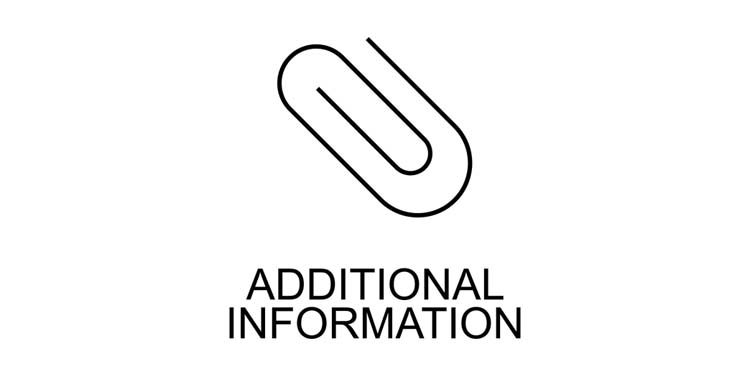
Create an appendix to include any additional information
You can append any additional information that could not be in the main body of the report. This section should comprise any supportive material or documents left out from other areas of your presentation.
The appendix can contain licenses and permits, patents, equipment leases, contracts, bank statements, and personal and business credit history details, especially if the report requests financing. If the appendix is lengthy, a table of contents may be at the beginning of this section for ease of navigation.
Conclusion
The business plan comprises critical elements to address to effectively present a comprehensive and compelling business case.
- The first element, the management summary, thoroughly describes the leadership team responsible for driving the business forward.
- The second element, the industry background and competitive analysis, presents relevant data on the industry and competition.
- The third element, the market analysis, assesses the target customers, including their needs, preferences, and behaviors.
- The fourth element, the operations plan, describes the business’s day-to-day activities, including how the product will be manufactured and delivered.
- The fifth element, the marketing plan, outlines the strategy for how the product will be sold and promoted to customers.
- Finally, the financial plan elaborates on the company’s financial standing and projections, including revenue, expenses, and profitability. A comprehensive business plan that addresses these elements in detail is essential for any business seeking to secure funding, attract customers, and achieve long-term success.
A well-written business plan will help you bring the future into the present so you can do something about it now! It is a valuable tool to attract investors and obtain funding from banking institutions. The well-written contents of a business plan make it easier to communicate your business idea to stakeholders. It also helps entrepreneurs track and evaluate progress toward goals.






